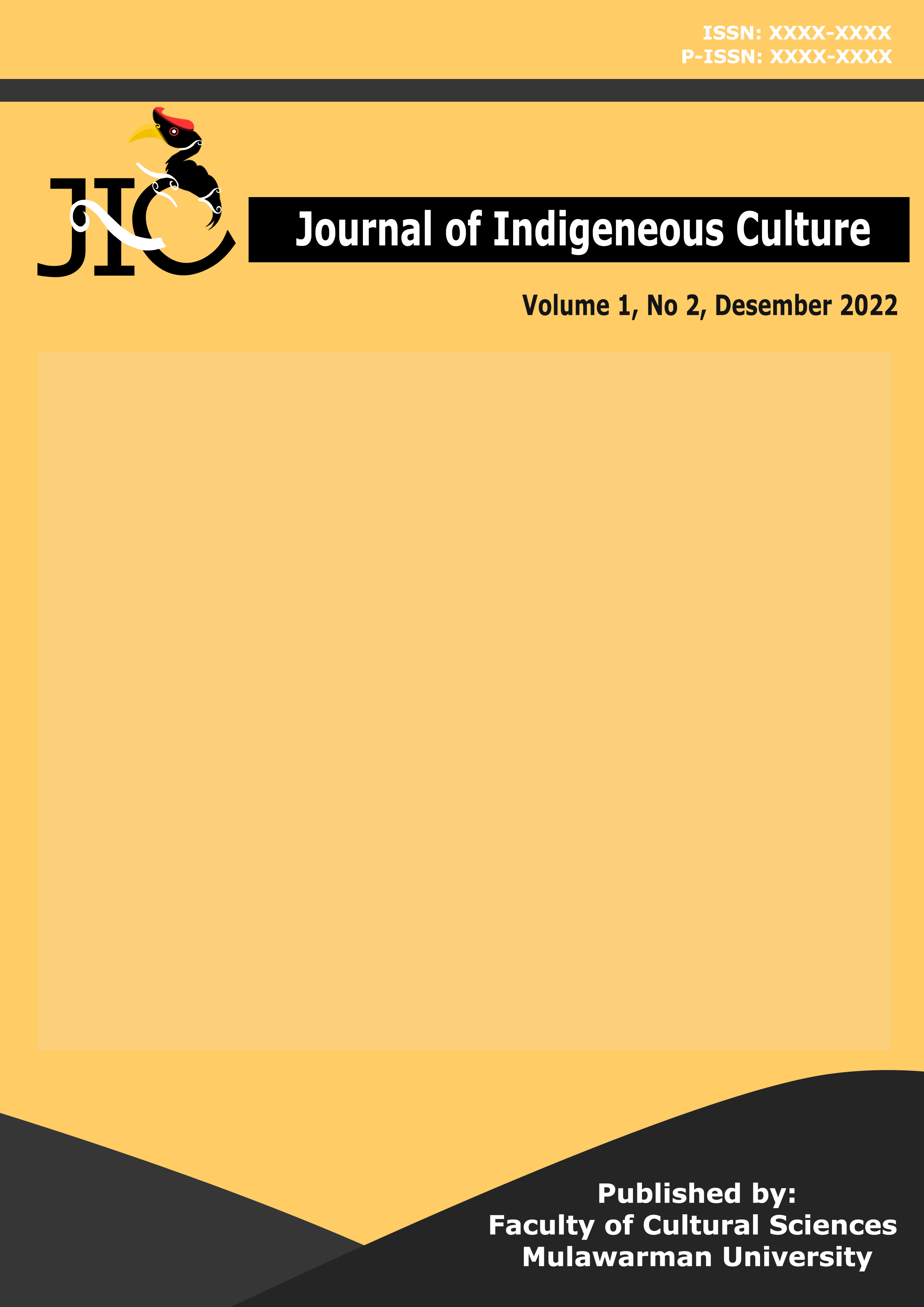ANALISA METAFORA PADA PIDATO POLITIK DONALD TRUMP
Metaphorical Analysis on Donald Trump’s Political Speeches
DOI:
https://doi.org/10.30872/jic.v1i2.8Abstract
This study analysed Metaphor on Donald Trump’s political speeches. This study used qualitative research as the design and Content Analysis as the approach. The researcher used interactional metaphor theory proposed by Max Black (1962) combined with cognitive metaphor suggested by Lakoff &Johnson (1980) to reveal the use of metaphorical expressions in Donald Trump’s Political speeches as well as to see how it affects audience to vote for him. The researcher selected three speeches such as campaign speech (2015), victory speech (2016) and inauguration speech (2017) as the object of study. These speeches are selected based on some considerations, such as lexical density, political concepts described by Trump, academic scrutiny and also to make this research more manageable. From the result of metaphorical analysis, the researcher found that Donald Trump frequently used ten dead metaphors, fifteen active metaphors, three compound metaphors, seven implicit metaphors and five submerged metaphors. Metaphor has played crucial part in persuading Americans to vote Trump as president. The objective of the metaphor is to show a resemblance between the object and subject. Or to put it in another way, metaphors are used in order to get the hearer to see the subject in “a different light”. Based on the analysis, the researcher concludes that metaphor has played crucial parts to evoke audience’s emotional state so they tend to believe and vote for Trump.






